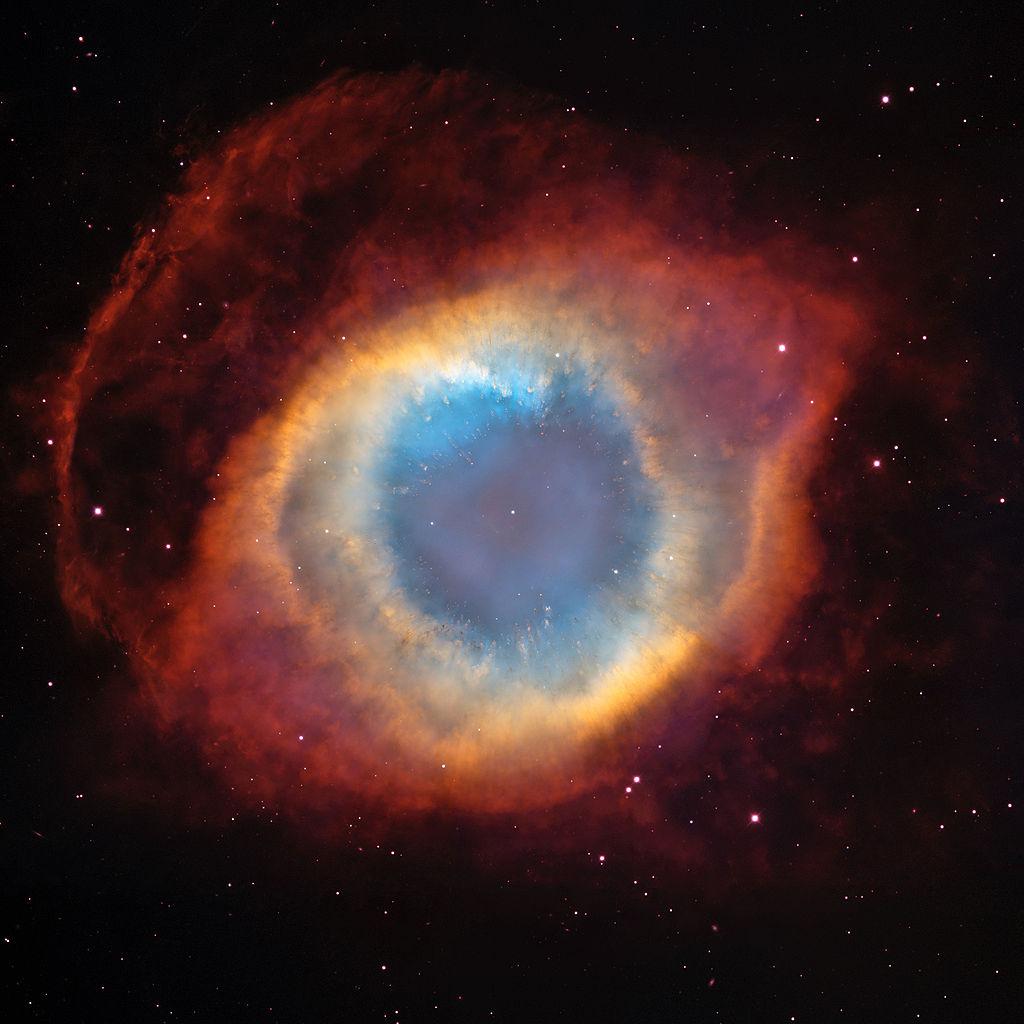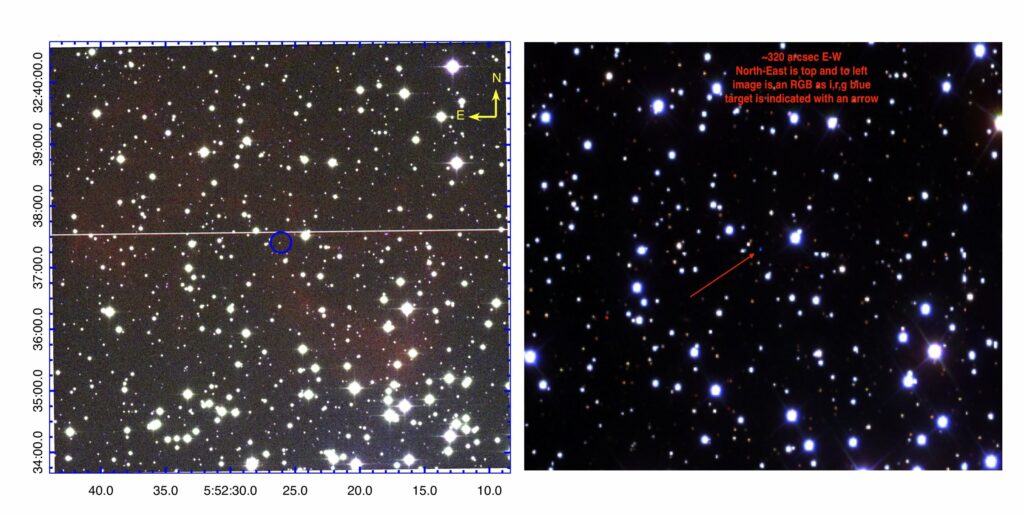An international team of astronomers announced the discovery of a new planetary nebula. It is a part of the diffuse star cluster M37. The kinematic age of the planetary nebula exceeds 70 thousand years, which makes it the oldest such an object known to astronomers.
What is a planetary nebula
Planetary nebulae are the final phase of the life cycle of sun-like stars. They are formed when the luminary, which has turned into a red giant, begins to dump the outer layers of the atmosphere into the surrounding space. Radiation from the exposed core ionizes the discarded shell, causing it to glow. This stage is called the planetary nebula.

The lifetime of planetary nebulae is usually several tens of thousands of years. On an astronomical scale, this is literally a couple of moments. Eventually, the star’s core cools so much that it no longer emits enough ultraviolet light to ionize the gaseous envelope. As a result, the nebula becomes invisible. The core turns into a white dwarf.
The oldest planetary nebula
The planetary nebula found by astronomers was designated IPHASX J055226.2+32372. It is part of the diffuse star cluster M37 and is characterized by a very low surface brightness. The diameter of the nebula is about 5.2 light years, the distance to it is estimated at 3260 light years. At its center is a hot, hydrogen-deficient white dwarf.

According to scientists, the mass of the nebula itself is 0.32 solar, while the mass of its progenitor star exceeded the mass of the Sun by 2.8 times. Calculations based on the rate of expansion showed that it formed 78 thousand years ago, which is a record for such objects. The discovery raises the question of the maximum possible lifetime of planetary nebulae. Astronomers suggest that such objects persist longer inside star clusters than outside.
We would like to remind that the James Webb telescope recently took a picture of the planetary nebula NGC 3132.
Based on materials from https://phys.org
